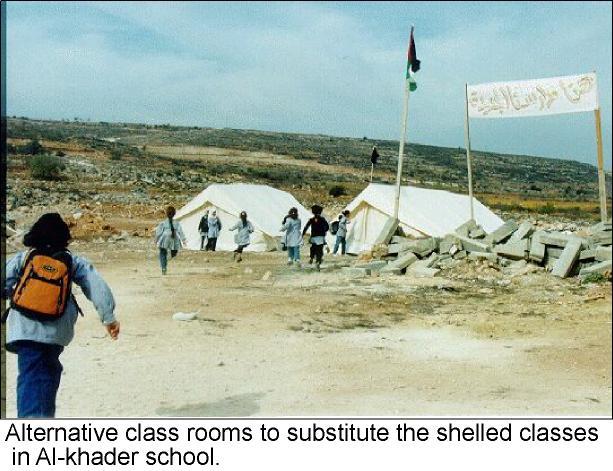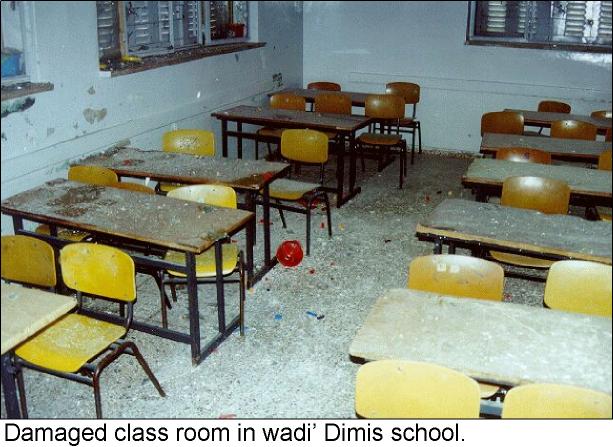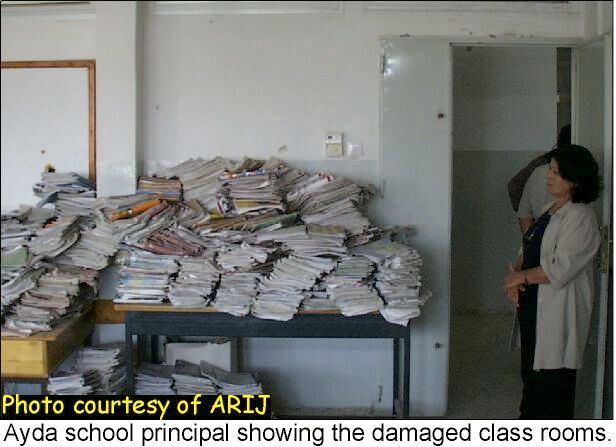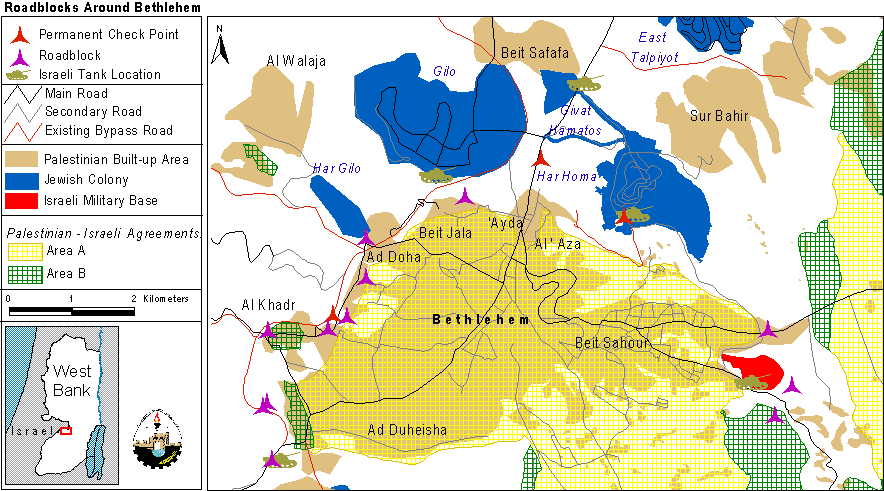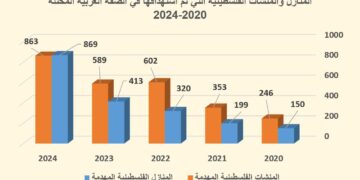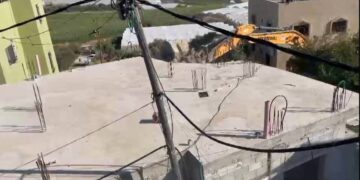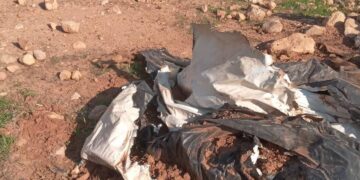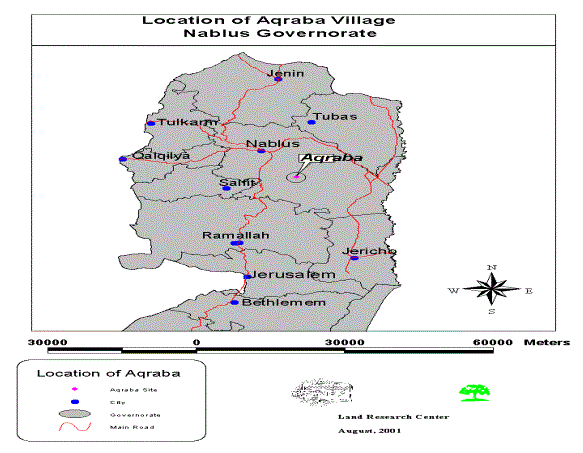The first day of September was the first day of the new school year in Beit Jala, a city near by Bethlehem. The streets are quiet at present. The Israeli army withdrew from Beit Jala some days ago click for more. There is no guarantee that the peace will last. Usually the start of a new school year is a time of challenge for students and teachers but this year there have been additional unwelcome challenges to be faced see photo1 & photo2.
10 schools have been affected by shelling that occurred during the recent incidents in Beit Jala. Over 8000 students attend these schools see map. Many of these students face disruption to their education. Lessons cannot proceed as normal until the some solutions are found to the present dilemmas and plans are implemented to ensure the safety of students.. Many of these students face disruption to their education. Lessons cannot proceed as normal until the some solutions are found to the present dilemmas and plans are implemented to ensure the safety of students.
Structural damage to school buildings is a major problem. It is estimated that the Skandar El-Khouri and Wadi' Dimis boys' secondary schools in Beit Jala need to spend US$1000 on repairs see photo, while Chile girls' secondary school, has US$6,000 of damages. These repairs must wait until funding is available., while Chile girls' secondary school, has US$6,000 of damages. These repairs must wait until funding is available.
Funds also need to be found for new safety equipment and water systems at schools. Bulletproof windows have been fitted in Israeli schools in Gilo but they are not an option in Beit Jala. They are too expensive. One choice is to fit metal shutters on all the windows to protect pupils. Students are boxed in – hardly an ideal learning environment. Fire escapes are also inadequate considering the present levels of risk. New water systems are needed: generally the schools rely on water tanks on the roof to provide their water needs but the recent shooting has damaged these.
These schools are still open but the preparatory school funded by UNWRA at the Ayda refugee camp remains closed as it is considered unsafe see photo. The 900 pupils who would normally attend remain at home. Not only is the school exterior pockmarked by recent rifle-fire, but 5 classrooms have been judged too damaged to be used for classes. Lessons normally held in these rooms need to be held elsewhere. Unfortunately this causes huge logistical problems see photo . The school already has 2 shifts of students but a 3-shift system is being contemplated. Another solution might be to transfer students to other schools. The nearest alternative is at the Dhaisha refugee camp but this school is already full and would find it difficult to cope with additional numbers of students. Parents would probably resist a transfer, as they prefer their children to go to school close to their homes.. The 900 pupils who would normally attend remain at home. Not only is the school exterior pockmarked by recent rifle-fire, but 5 classrooms have been judged too damaged to be used for classes. Lessons normally held in these rooms need to be held elsewhere. Unfortunately this causes huge logistical problems . The school already has 2 shifts of students but a 3-shift system is being contemplated. Another solution might be to transfer students to other schools. The nearest alternative is at the Dhaisha refugee camp but this school is already full and would find it difficult to cope with additional numbers of students. Parents would probably resist a transfer, as they prefer their children to go to school close to their homes.
For teachers and students in the West Bank a ''normal'' school day requires great flexibility and resourcefulness. Even the daily journey to and from school can be a frustrating experience. The West Bank is not a contiguous area: it has been carved into A, B and C zones under the Interim Agreement. Travel between zones A and B, in the Palestinian Authority area, and zone C, under Israeli control, involves crossing a checkpoint (Bethlehem Checkpoint). Even if special efforts are made at Israeli checkpoints to allow the speedy passage of students there are inevitable delays for those who live in a different zone from their schools. It is difficult to predict delays and this poses problems in effective management in schools because punctuality and attendance is erratic.). Even if special efforts are made at Israeli checkpoints to allow the speedy passage of students there are inevitable delays for those who live in a different zone from their schools. It is difficult to predict delays and this poses problems in effective management in schools because punctuality and attendance is erratic.
Most schools face a perpetual struggle for resources at the best of times. At present, schools in Beit Jala also face an uphill struggle to cope with the aftermath of violence and the ongoing situation of conflict.
Prepared by:
The Applied Research Institute – Jerusalem


